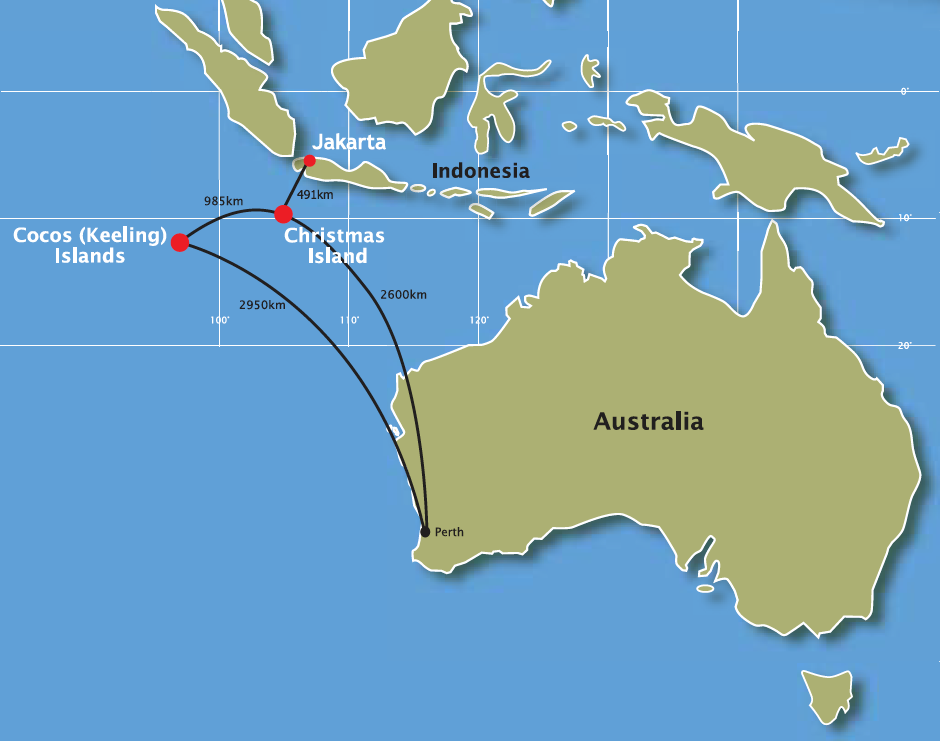Forecasting and Prediction
The success of any business or development plan relies almost solely on its suitability to the condition or occurrence of some future event for which it has been designed. Therefore accurately forecasting this future condition, and the level of surety that can be attributed to the forecast, is integral to the planning process. Data Analysis Australia has a range of statistical techniques at its disposal, and tailors the use of existing data and information to develop the most suitable approach for each individual forecasting project. This often involves the production of several scenarios to provide clients with a full range of strategic information and advice, essential in making an informed decision and in optimising policies and procedures.
Forecasts are usually based on an understanding of trends and patterns in historical data. Statistical models are central to this. A feature of Data Analysis Australia's approach is the use of structural information wherever possible. Rather than using 'black boxes', models are developed where the details reflect reality and actual processes. Within that approach, Data Analysis Australia has a range of methods available and for each client chooses the ones most appropriate for their situation.
Forecasting is a statistical process in two respects:
Forecasts are often based on understanding the trends and patterns in historical data. Statistical and time series models are central to this and the steps of reviewing the data and significance testing that are used in any statistical analysis are part of the process of building these models.
Once the models are applied, the uncertainty in the forecasts and hence the confidence that can be placed in them is also a statistical issue.
Data Analysis Australia also incorporates subjective factors into forecasting models. Structured consultation with expert panels and stakeholders is used to develop critical probability points in the models. An advantage of this approach is that it gives measures of how uncertain the future may be.
Models
All models are wrong, but some models are useful
Modelling is a long-standing method used to understand processes and phenomena. Astronomers created intricate mechanical models of the solar system, called orreries, to better understand how the planets moved relative to each other. For centuries boat builders used carefully made scale models to get the right "lines" for a hull and to test how they would behave in the water. Architects still construct scale models of major buildings to show what they will look like.
Excel Tool Design
Interacting with forecasts in Excel
To many of our clients, Data Analysis Australia is well known for our ability to use complicated and sophisticated statistical and mathematical methods to analyse and understand our clients' data. Importantly, a key characteristic of Data Analysis Australia is our ability to translate our findings into a form that is designed specifically for our clients' needs. This could be anything from a highly technical report to a report written in everyday language, avoiding statistical jargon, but always explaining the relevant outcomes in context of our clients' business.
Related Case Studies
Solar Power and Storage

The Problem: Horizon Power, the Government-owned electricity provider for Western Australia’s regional and remote areas, wanted to investigate the effect of large numbers of customers installing solar panels and batteries.
The Data Analysis Australia Approach: To develop a simulator to test multiple assumptions regarding battery usage, in conjunction with multiple combinations of solar panel and battery sizes and providing graphical displays of outputs to enable the results of thousands of simulations to be quickly and easily compared.
The Result: By identifying the lowest cost options for customers, Horizon Power gained an understanding of possible long term changes in their customers’ power needs, enabling them to better plan for the future.
Christmas Island

The Problem: Westralia Airports Corporation required an investigation of how major events on the island since the previous forecasts would affect passenger numbers in the Airport Master Plan.
The Data Analysis Australia Approach: To use a mix of quantitative and qualitative information gathered on a study tour of the island to update the previous forecasts using the program @RISK.
The Result: The estimates produced by the model showed the best, worst, and median case scenarios for passenger numbers for the next twenty years.
Statistical Data Science
Analyse, visualise, and model data using the latest statistical and data science techniques
Surveys
Develop, carry out and analyse surveys to understand perception and find business insights
Forecasting and Prediction
Discover trends and predict the future with data
Spatial Analysis and Mapping
Learn how data is spatially correlated to inform strategy
Business and Risk Analysis
Understand how risk and uncertainty can be minimised in business decisions
Big Data and Machine Learning
Uncover trends and relationships to gain valuable insights from big data
Simulation and Optimisation
Determine the optimal way to operate in the future
Mining Analytics
Improve processes and uncover new insights
Interactive Dashboards
Make informed decisions from real-time data with intuitive visuals and information
